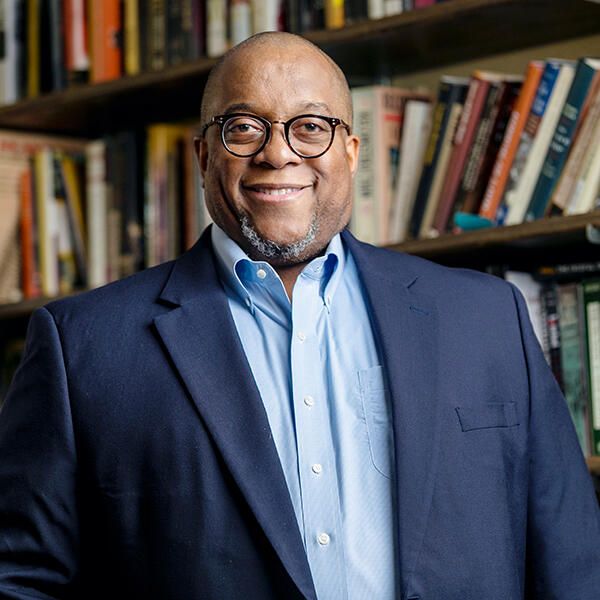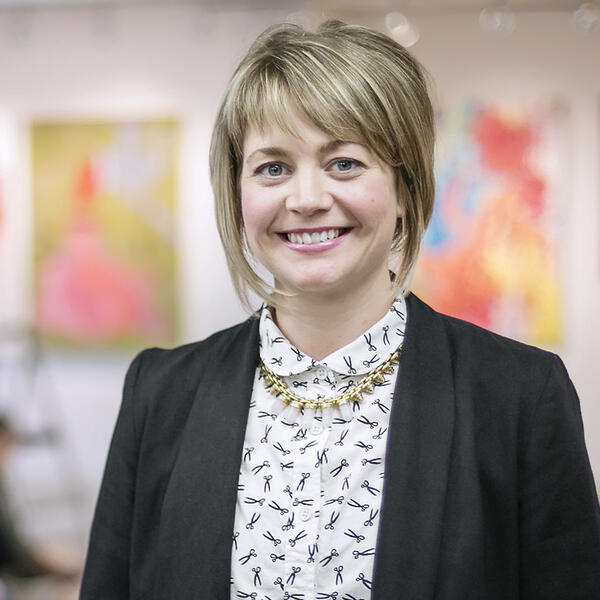Rhodes faculty reflect on teaching remotely. The takeaway? Even in a time of “social distancing,” Rhodes faculty are finding creative ways to maintain close connections with their students. Edited by Timothy S. Huebner, associate provost and Irma O. Sternberg Professor of History.

In the Business Department, our students learn the importance of improvisation, collaboration, and decision making under less than ideal conditions. Under usual conditions, the classes I teach encourage the co-creation of knowledge both inside and outside of the classroom. Read More>>

When Rhodes switched to remoting learning, faculty and students alike began the process of adjusting to a relatively unfamiliar learning environment and I started to wonder how my courses would play out virtually. Read More>>

When the realities of COVID-19 set in and the college moved to remote learning, one of my first questions was: what now? My teaching and overall academic approach is rooted in active pedagogy, experiential learning, and collaboration, which all seemed more difficult and less relevant. Read More>>

One of the things we historians are always going on about is how the intentional exploration of the past can be an indispensable way to understand the present. All of our history—and I do mean all of it—can be used in the purpose of creating a more comprehensive vision of the moment in which we find ourselves. Read More>>

As Rhodes transitioned to remote learning, I wondered what impact my course could have on students who are justifiably distracted by our current crisis. Read More>>

As our college has moved to remote teaching, I have been delighted to discover the commitment and resilience of my students and colleagues. Read More>>

Why is it important to make art right now? Why is it important to look at art right now? Why does art matter in our current environment? These are questions I posed in my studio art classes on the first day of remote learning. Read More>>

The world feels at once startingly close, yet also more remote. As we’re all exposed to the same global danger, we’re able to stay closer across distance than we ever could have before. At the same time, we’re physically isolated — sometimes completely so. Read More>>